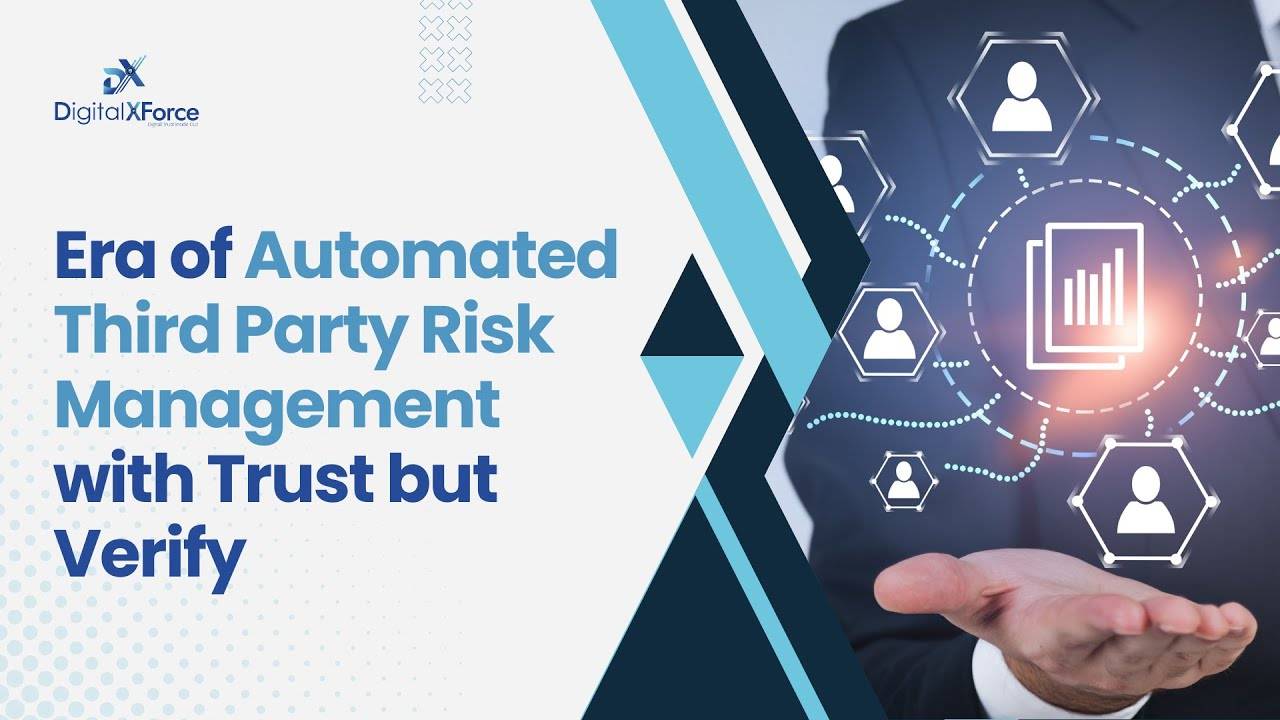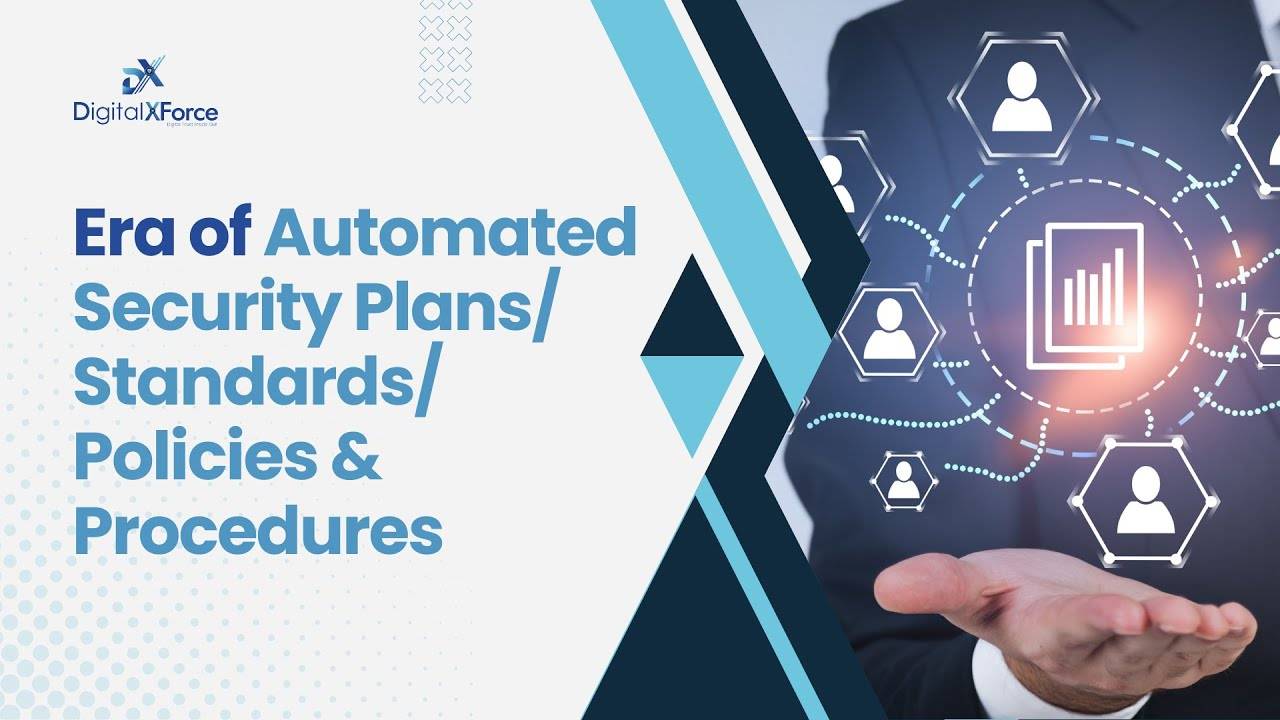
Application Programming Interfaces (API) have become the silent arteries of our digital ecosystem, transmitting critical information across organizational boundaries with seemingly effortless precision. Modern digital infrastructure involves an intricate network of technological connections that pulse with data, yet remain largely invisible to the naked eye.
Beneath this seamless facade lies a complex and increasingly precarious landscape of trust—a domain where every connection represents not just a technical integration, but a potential vulnerability waiting to be exploited.
In this article, we explore trust erosion in modern API interconnectivity, the growing concerns on the associated integration risks, plus practical implications for large and medium-scale organizations.
The Illusion of Simple API Connectivity
Most organizations perceive API connections as straightforward technical conduits—mere pipelines for data exchange. This perception is dangerously naive. Each API integration is, in reality, a sophisticated trust vector, a potential Trojan horse that can introduce unaudited security risks capable of propagating through entire technological ecosystems with viral efficiency.
Consider an average enterprise technology stack: dozens, sometimes hundreds of APIs interconnected in a web so complex that even seasoned security professionals struggle to map its full extent. Each connection represents a potential breach point, a hidden gateway through which malicious actors could potentially infiltrate systems with surgical precision.
The Exponential Risk Multiplication
Traditional security models treat API connections as discrete, isolated endpoints. This approach is fundamentally flawed. In reality, API interconnectivity creates a multiplicative risk environment where vulnerabilities don’t just add up—they exponentially compound.
Imagine a scenario where a seemingly innocuous third-party API—perhaps providing analytics or user authentication—contains an undetected vulnerability. This single weak link doesn’t just compromise its immediate connection; it becomes a potential launching pad for broader system infiltration. One compromised API can serve as a bridge, allowing threat actors to leapfrog between previously isolated technological domains.
Cryptographic Trust: More Than Just Encryption
Cryptographic trust extends far beyond traditional encryption protocols. It encompasses a holistic approach to verifying, validating, and continuously monitoring the integrity of digital interactions. In the API ecosystem, this means developing dynamic, adaptive trust mechanisms that can:
- Continuously assess the security posture of connected systems
- Detect anomalous behavior patterns in real-time
- Implement granular, context-aware access controls
- Dynamically adjust trust thresholds based on evolving risk signals
The current paradigm of static, certification-based security models is fundamentally inadequate for this complex, interconnected landscape.
The API Trust Decay Model
Emerging research suggests the need for a quantitative “API Trust Decay” measurement framework.
This model would:
- Assign probabilistic trust scores to API connections
- Track the degradation of trust over time and through multiple interconnections
- Provide predictive insights into potential vulnerability propagation
- Enable proactive risk mitigation strategies
By understanding trust not as a binary state but as a dynamic, decaying metric, organizations can develop more resilient and adaptive security architectures.
Challenging Existing Certification Standards
The current API security certification landscape is built on outdated assumptions. Most standards focus on point-in-time assessments, creating a false sense of perpetual security.
What’s required is a radical reimagining of security certification that embraces:
- Continuous Validation: Real-time, ongoing security assessments
- Contextual Risk Analysis: Dynamic evaluation of interconnected system risks
- Predictive Vulnerability Modeling: Anticipating potential breach scenarios before they materialize
Practical Implications for Organizations
For technology leaders and security professionals, this evolving landscape demands a fundamental shift in approach:
- Comprehensive Mapping: Develop exhaustive, living documentation of API interconnections
- Advanced Monitoring: Implement sophisticated anomaly detection systems
- Trust Architecture: Design APIs with inherent, granular trust mechanisms
- Continuous Education: Foster a culture of security awareness that extends beyond traditional boundaries
The Human Element
While technological solutions are critical, the human factor remains paramount. Security isn’t just about algorithms and encryption—it’s about cultivating a organizational mindset that views every digital interaction as a potential vector for risk.
Training programs must evolve to help professionals think systemically, understanding that in the world of API interconnectivity, vulnerabilities are not isolated incidents but complex, propagating phenomena.
Trust DigitalXForce for Secure API Integrations
Trust isn’t just earned—it’s engineered. In an increasingly fragmented digital landscape, where API integrations have become the lifeline of modern enterprises, DigitalXForce emerges as the definitive solution for comprehensive, integrated security risk management.
Our Unified Enterprise Security Risk Posture Management (ESRPM) SaaS Platform represents a quantum leap in digital trust—transforming how organizations perceive, manage, and mitigate technological vulnerabilities. DigitalXForce is purpose-built to address the complex, non-linear security challenges of modern enterprise ecosystems.
Comprehensive Risk Intelligence
With an unparalleled connector network spanning 150+ integrations, DigitalXForce provides truly holistic “Inside Out” and “Outside In” risk management. Our platform doesn’t just monitor—it anticipates, predicts, and prevents potential security breaches before they can manifest.
Key Capabilities
- Real-Time Risk Quantification: Continuous, automated risk assessment that provides instant insights
- Cybersecurity ROI Optimization: Maximize your security investments with data-driven strategies
- Comprehensive Asset Discovery: Map and monitor your entire digital attack surface with unprecedented precision
Beyond Monitoring: Predictive Security Architecture
Our Cybersecurity Mesh Architecture represents the future of enterprise security. By collecting, analyzing, and tracking digital assets in real-time, we transform raw data into actionable intelligence. Our proprietary Cyber Range allows for regular, comprehensive analysis using commercial tools, ensuring your security posture remains adaptive and resilient.
The DigitalXForce Difference
- 120+ dedicated security and enterprise connectors
- Continuous platform evolution
- Scalable to 500+ connectors
- Regulatory control mapping
- Digital trust scoring
- Data-driven security blueprints
Conclusion
The future of digital security lies not in building impenetrable walls, but in creating intelligent, adaptive trust networks. APIs are no longer just technical integrations—they are living, breathing components of a global technological ‘organism’.
By recognizing the profound complexity of these interconnections, we can move from a reactive security posture to a proactive, predictive approach that anticipates and neutralizes risks before they can manifest. The invisible supply chain of API interconnectivity demands our most sophisticated thinking, our most advanced technologies, and our most nuanced understanding of trust in the digital age.



